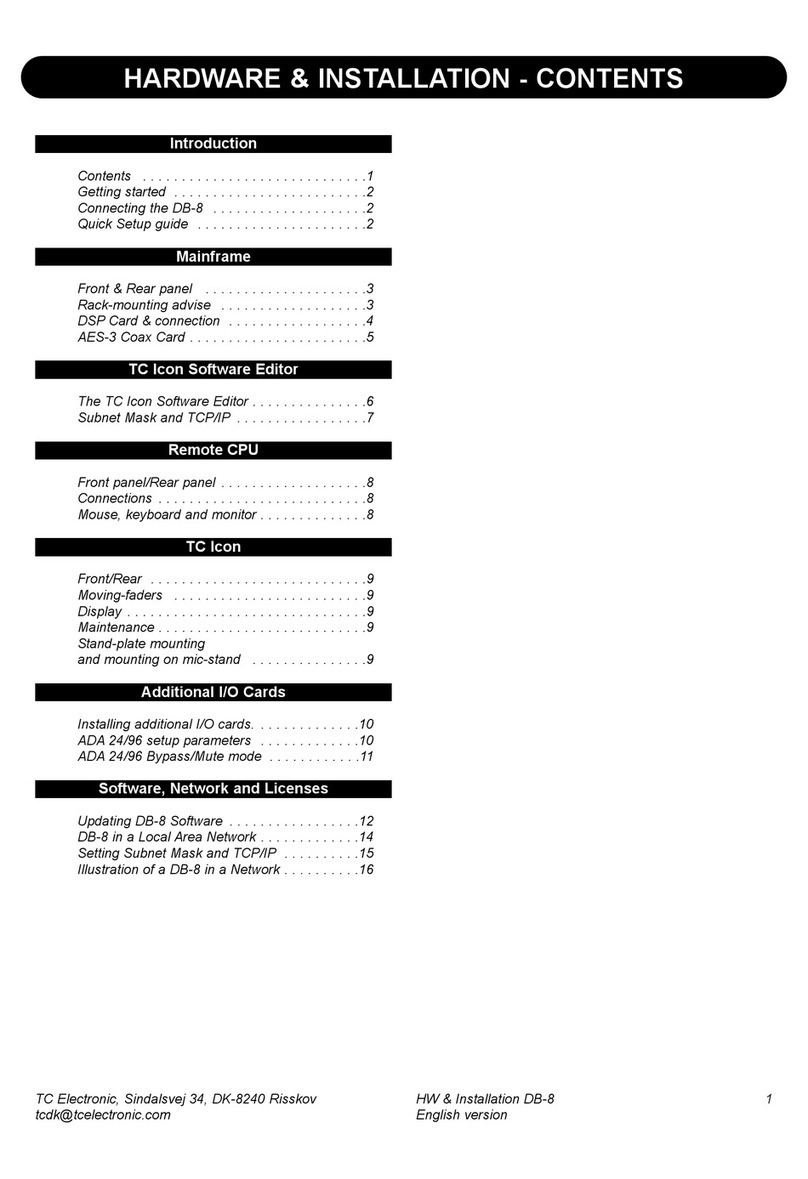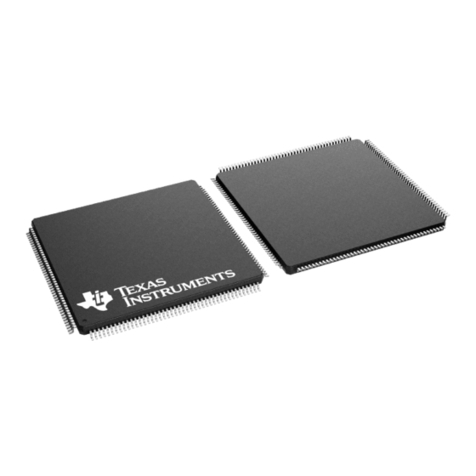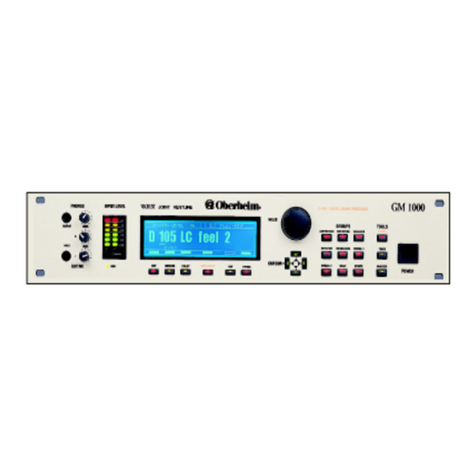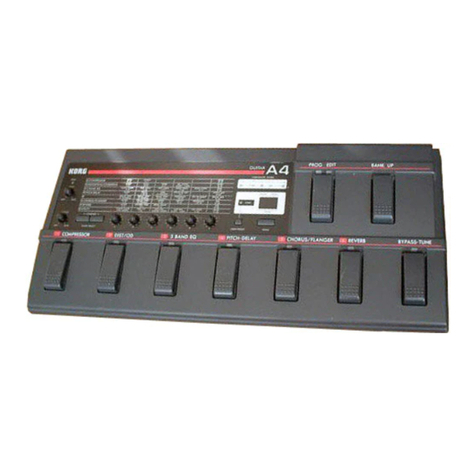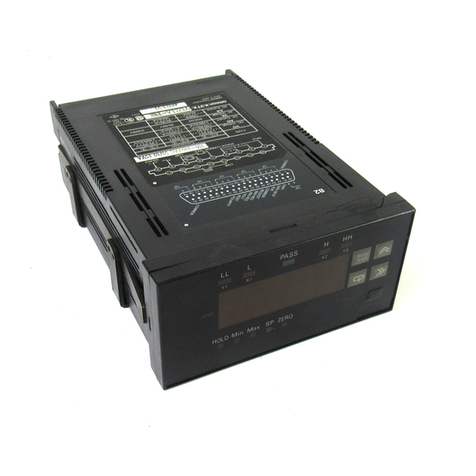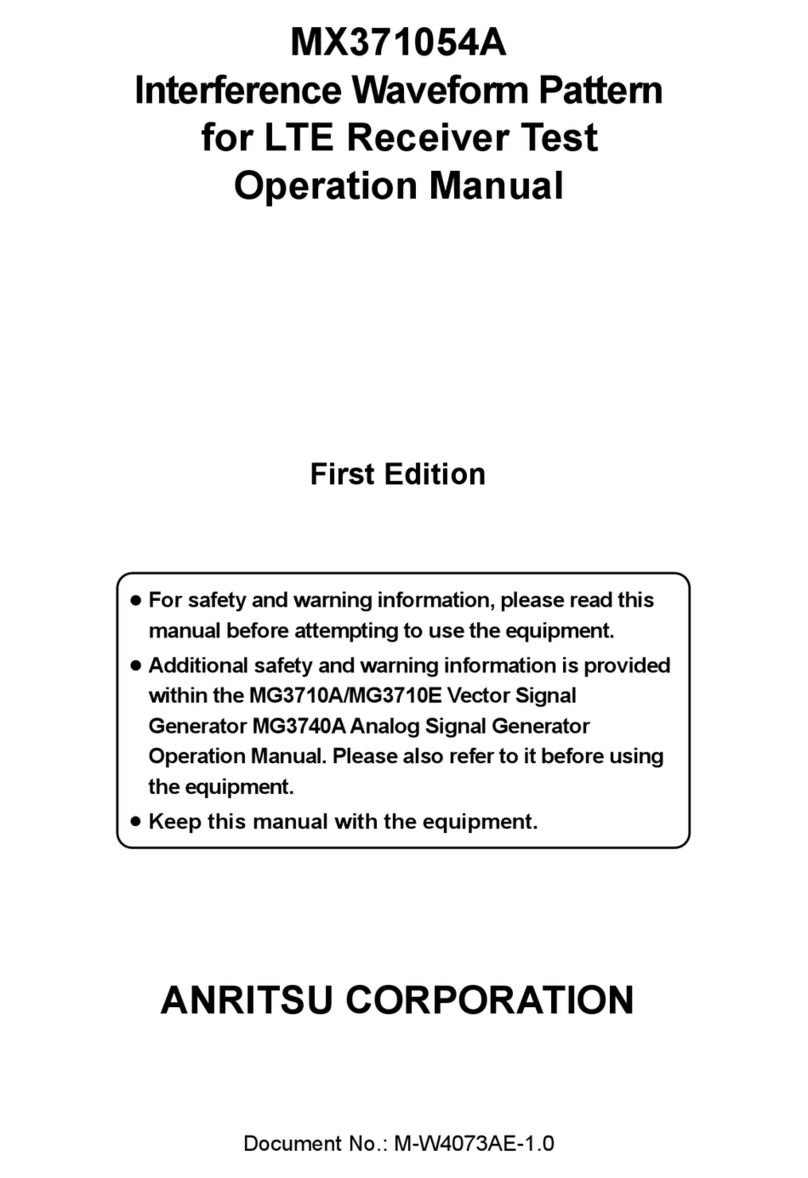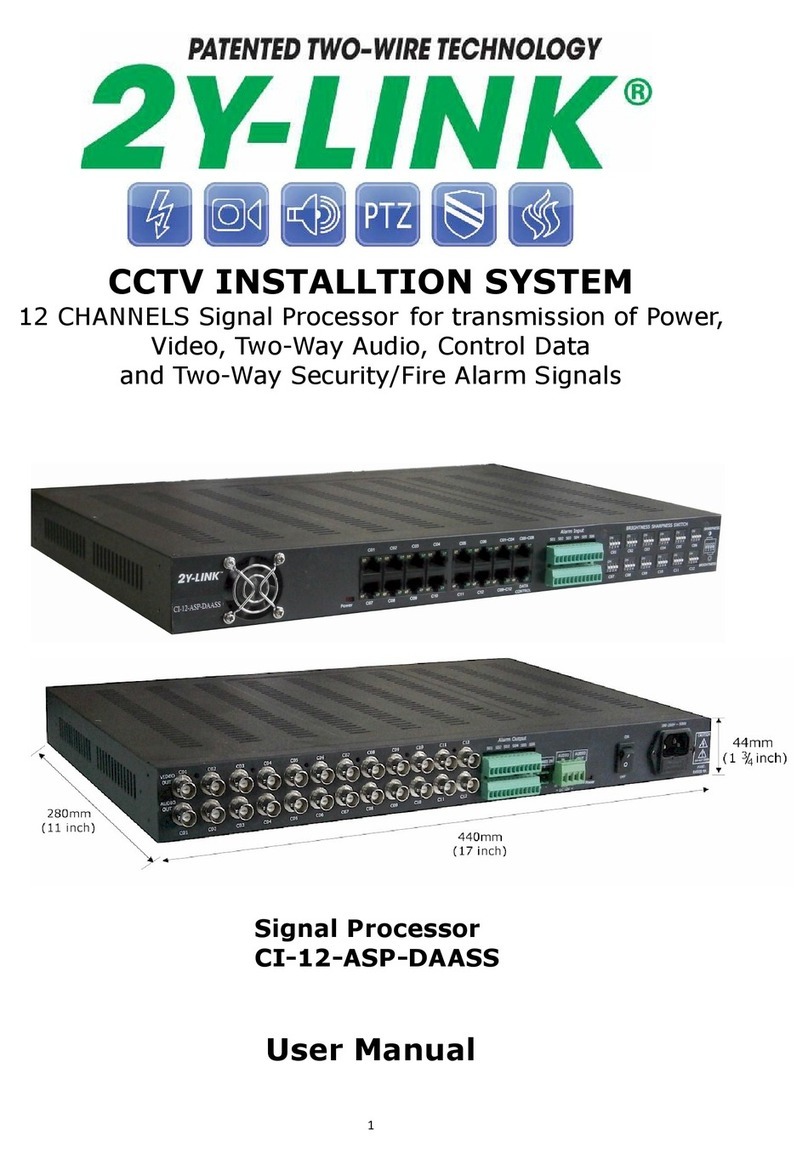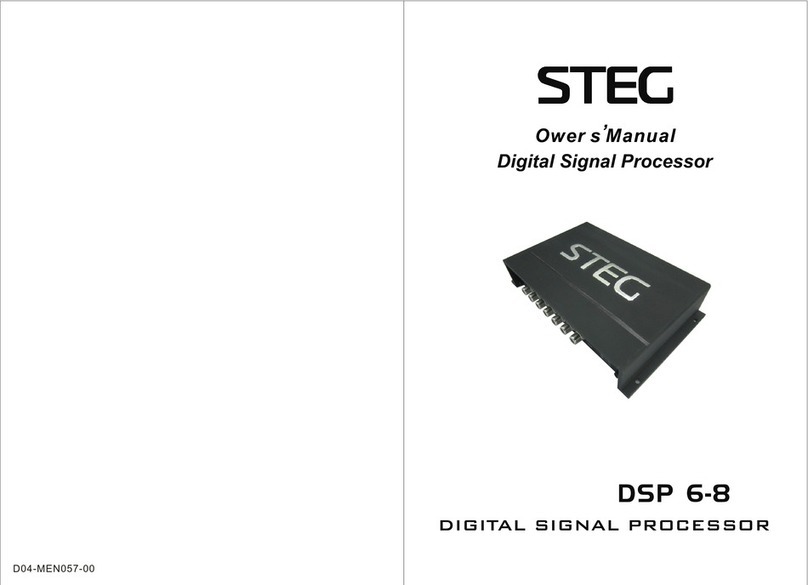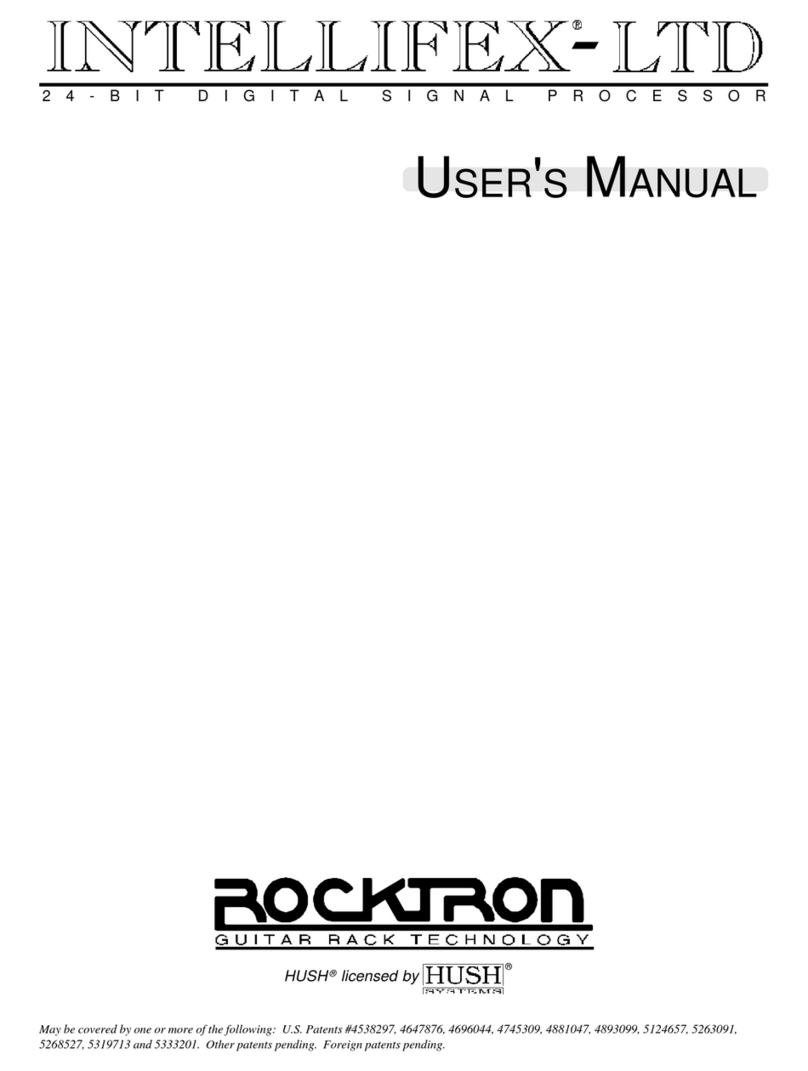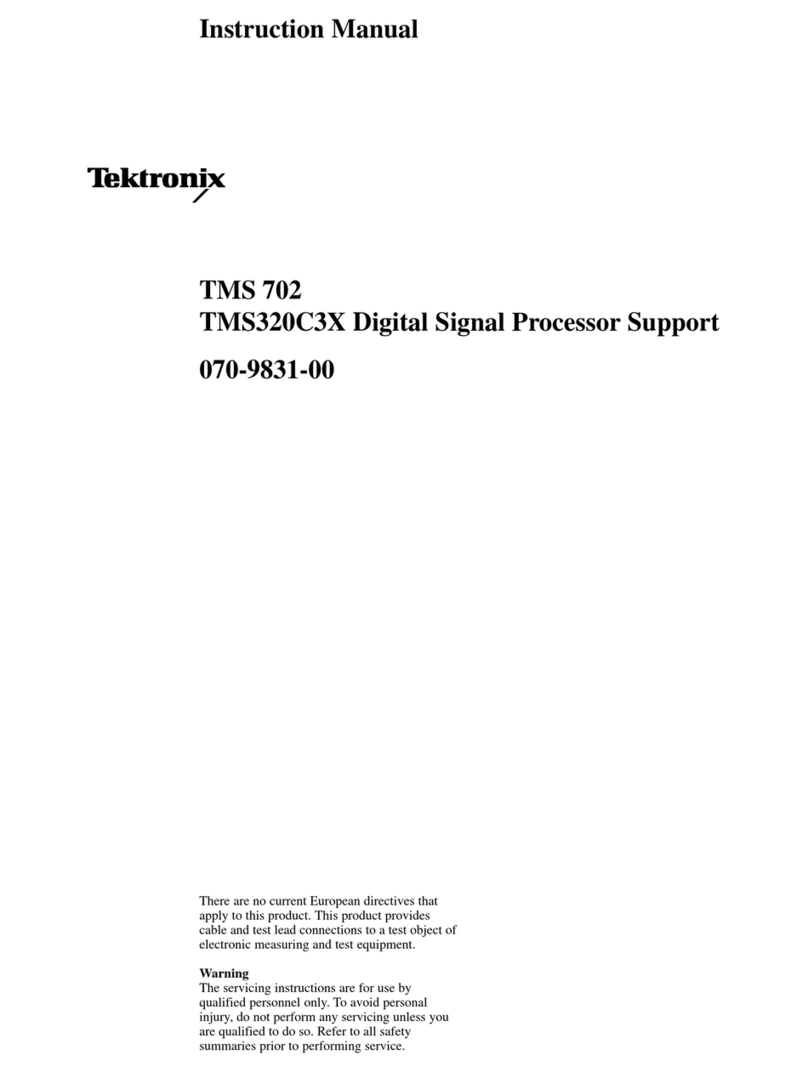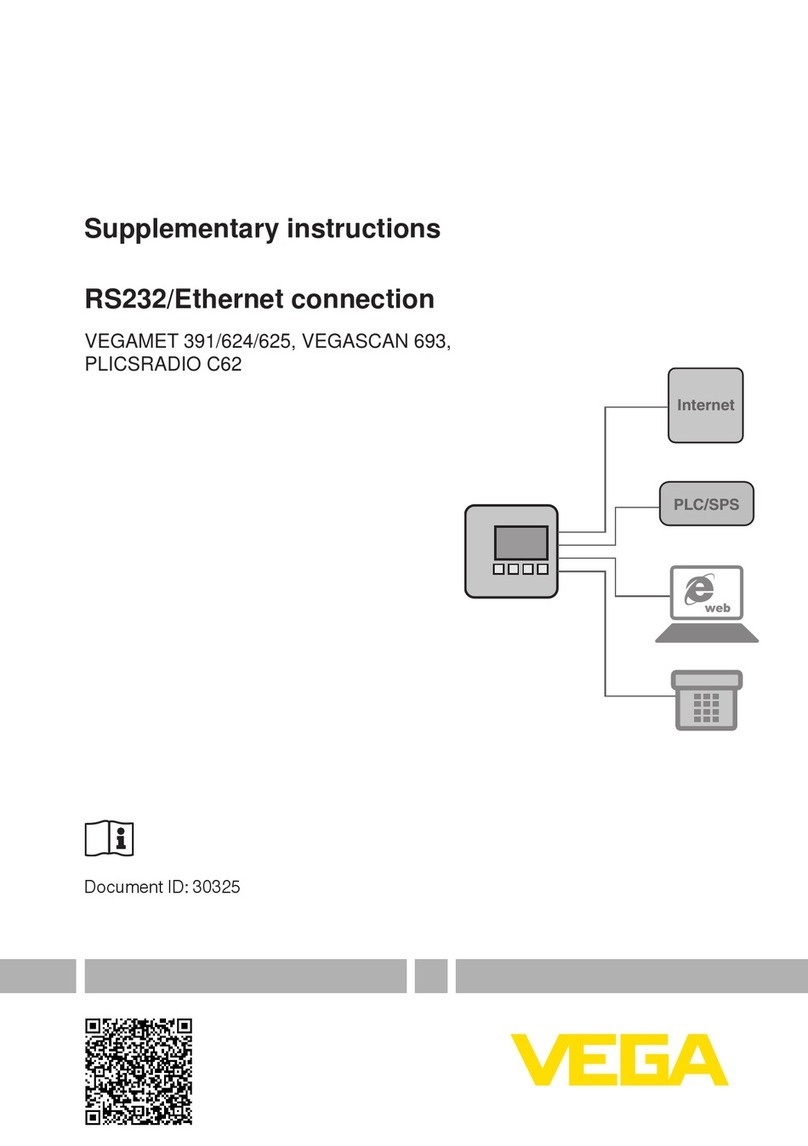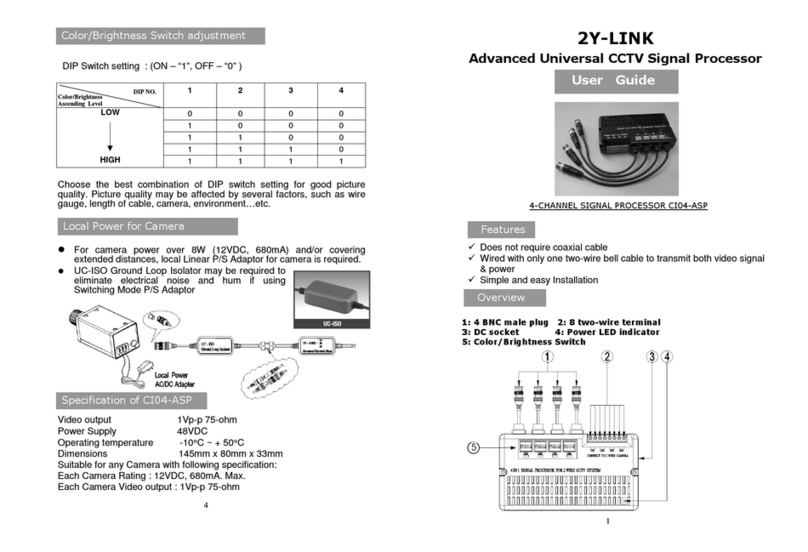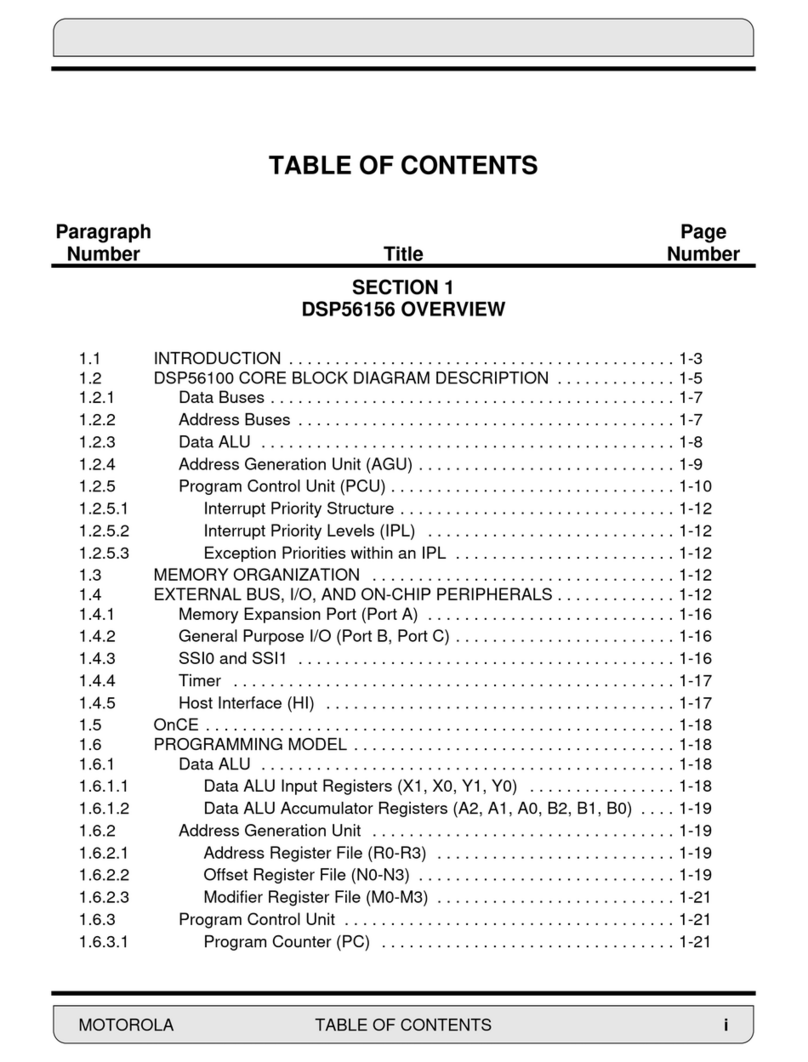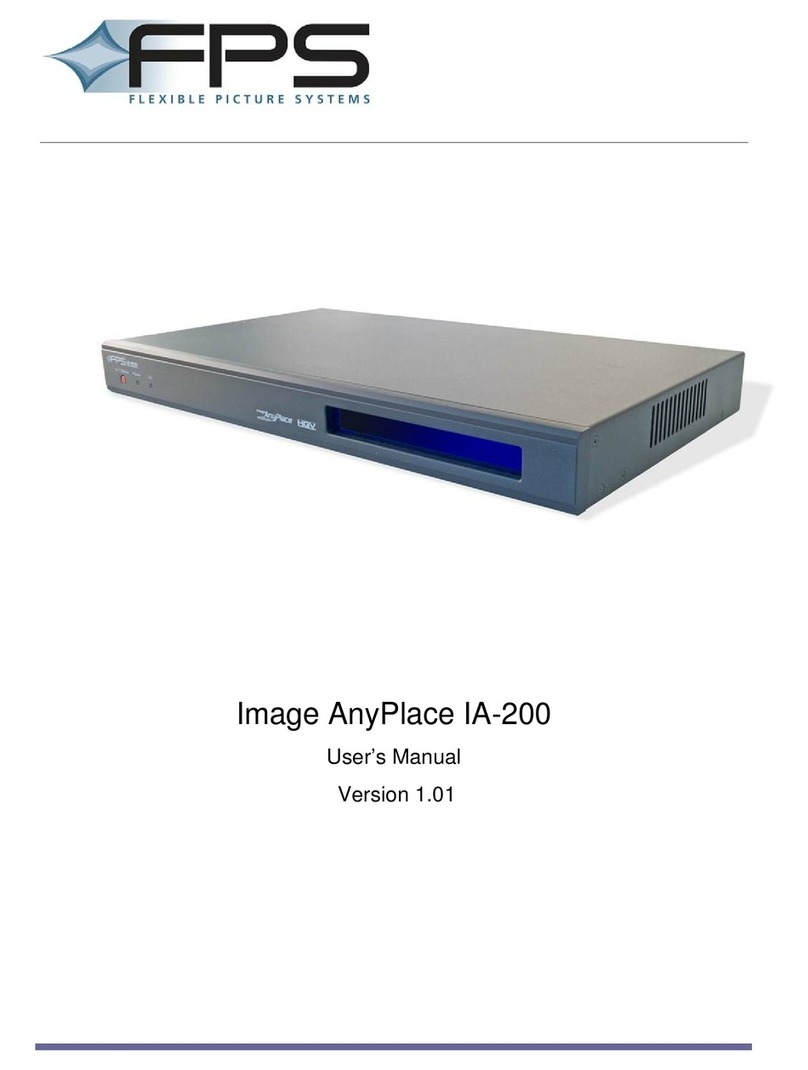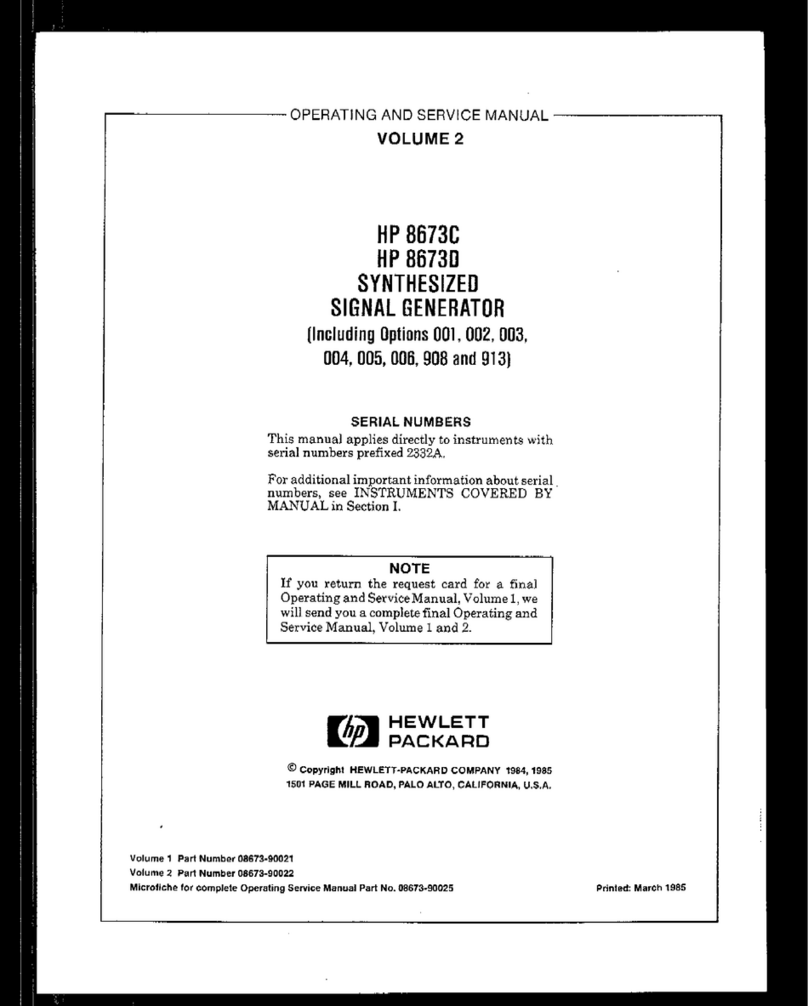
AIRSYNTH REFERENCE MANUAL 3
CONTENTS
Important Safety Instructions......................................................5
Safety symbols used in this product.........................................................................5
Please follow these precautions when using this product:..........................................5
Instructions de Sécurité Importantes (French)...........................................................7
Symboles utilisés dans ce produit ............................................................................7
Veuillez suivre ces précautions lors de l’utilisation de l’appareil: ...............................7
Beim Benutzen dieses Produktes beachten Sie bitte die folgenden
Sicherheitshinweise: (German).................................................................................9
CE Declaration of Conformity..................................................................................10
INSTRUCTIONS TO THE USER (FCC compliance)...................................................11
Quick Start Guide .........................................................................13
Step 1: Hook it up...................................................................................................13
Step 2: Select a Program ..........................................................................................13
Step 3: Have fun .....................................................................................................13
Connections...................................................................................15
Unpacking and Inspection.......................................................................................15
Basic Connections...................................................................................................15
Connecting to a Stereo Receiver...................................................................16
Connecting between a CD Player and a Stereo Receiver ................................16
Connecting to a Studio Mixer ......................................................................17
Connecting into a DJ System........................................................................18
Mounting on a Microphone Stand................................................................19
Mono Operation.........................................................................................19
Performance .................................................................................21
Selecting a Program................................................................................................21
Using the Axyz™ Controller ...................................................................................22
Effect Hold.............................................................................................................23
Effect Bypass..........................................................................................................24
Special Programs....................................................................................................27
Sequencers.................................................................................................27
Pads...........................................................................................................28
Auto-Melody Generators ............................................................................31
The Global Tempo Program ........................................................................31
Troubleshooting ...........................................................................33
Troubleshooting Index............................................................................................33
Care and Maintenance ............................................................................................34
Cleaning ....................................................................................................34
Obtaining Repair Service.............................................................................34
Program Chart........................................................................................................36
Specifications................................................................................37
Alesis Limited Warranty...............................................................38


